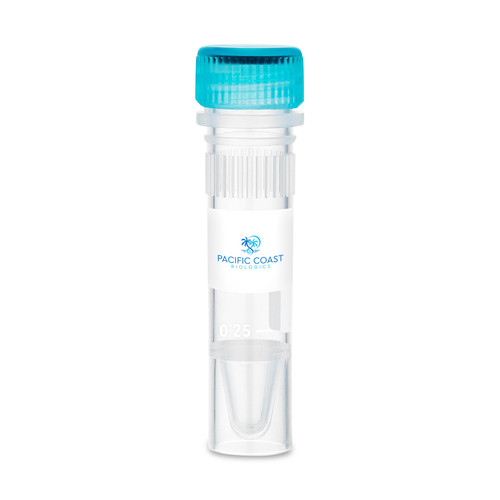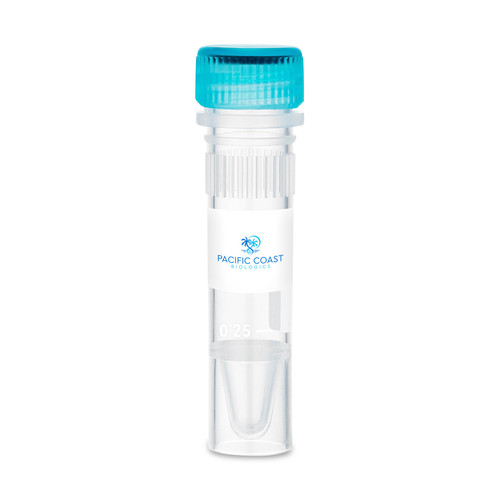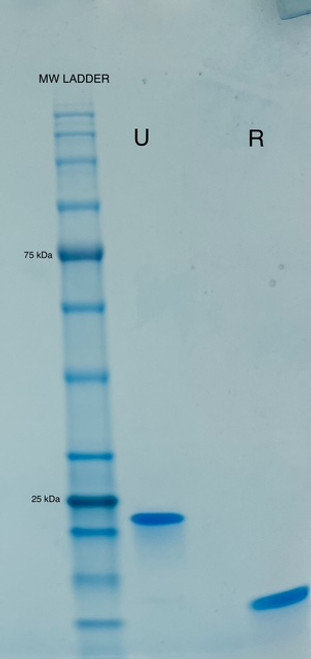Neuregulin/Heregulin represents a group of closely related polypeptide growth factors generated from alternate gene splicing (NRG1, NRG2, NRG3, and NRG4). Currently, there are more than 14 soluble and membrane-bound proteins derived from the NRG1 gene. The extracellular segment of transmembrane NRG1 isoforms undergoes proteolytic cleavage, producing soluble growth factors. Notably, HRG1-β1 comprises an Immunoglobulin (Ig) domain alongside an Epidermal Growth Factor (EGF)-like domain; the latter is crucial for binding directly to the receptor tyrosine kinases erb3 and erb4. This binding event initiates erb3 and erb4 heterodimerization with erb2, thereby activating intrinsic kinase activity and leading to tyrosine phosphorylation. While the precise biological impacts of HRG1-β1 remain unclear, studies have shown its role in enhancing the movement and invasive properties of breast cancer cells, potentially involving the upregulation of autocrine motility-promoting factor (AMF) expression and functionality. Recombinant Human Heregulinβ-1 (HRG1-B1) is a 7.5 kDa polypeptide composed solely of the EGF domain from heregulinβ-1, spanning 65 amino acid residues.
|
Product Specifications
|
|
| Species | Human |
| Published species |
Human, Mouse
|
| Expression System | E. coli |
| Amino acid sequence |
SHLVKCAEKE KTFCVNGGEC FMVKDLSNPS RYLCKCPNEF TGDRCQNYVM ASFYKHLGIE FMEAE
|
| Molecular weight | 7.5 kDa |
| Class | Recombinant |
| Type | Protein |
| Purity |
≥ 98% by SDS-PAGE gel and HPLC analyses.
|
| Endotoxin concentration | <1 EU/µg |
| Activity |
The ED50 was determined by the dose-dependent stimulation of the proliferation of human MCF-7 cells is ≤ 0.5 ng/ml, corresponding to a specific activity of ≥ 2 x 10^6 units/mg.
|
| Conjugate | Unconjugated |
| Form | Lyophilized |
| Contains |
no preservative
|
| Storage conditions | -20°C |
CAUTION
For Research Use Only. Not for use in diagnostic procedures.















